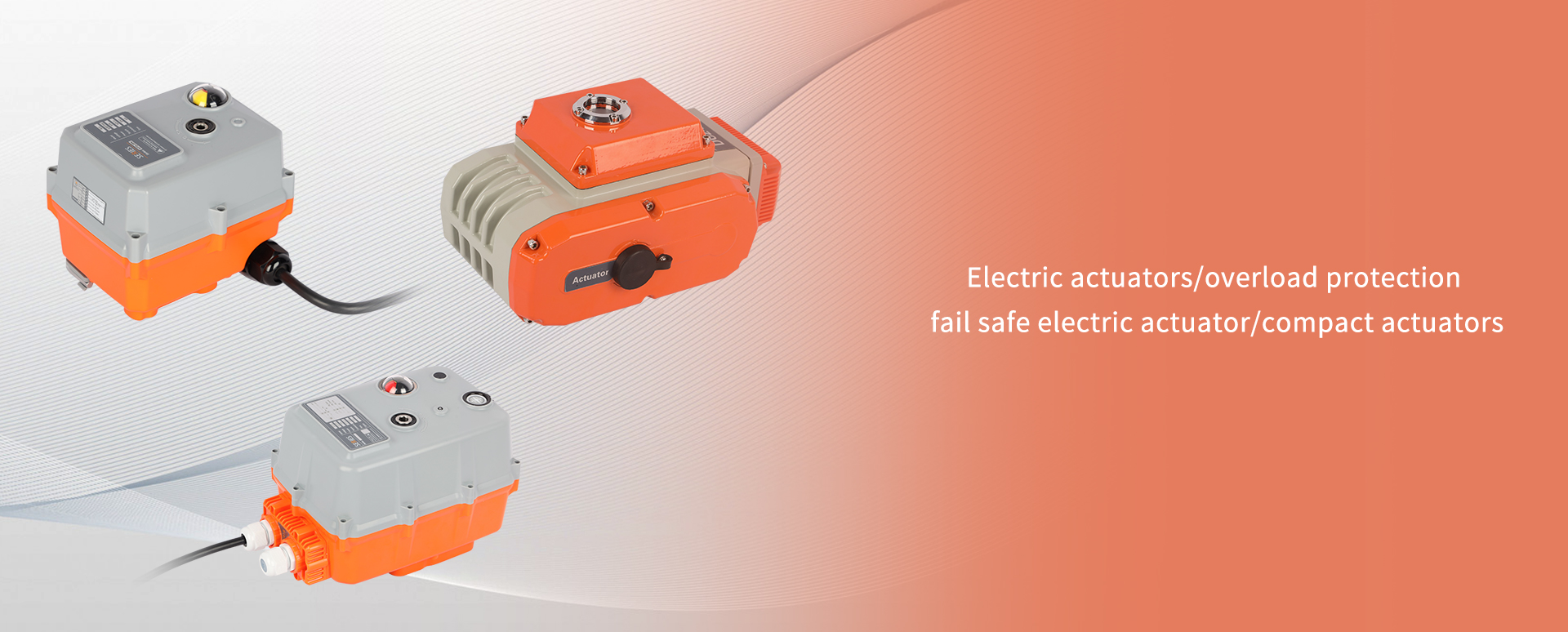- All
- Product Name
- Product Keyword
- Product Model
- Product Summary
- Product Description
- Multi Field Search
Views: 215 Author: Site Editor Publish Time: 2023-01-30 Origin: Site

Valve body: The valve body is the main body of the electric valve. Its structure can be a single structure, a double body structure or a multi-body structure. The body consists of multiple independent valve bodies.
Stem: The valve stem is the moving part of the electric valve, and its structure can be linear, curved or multi-stage.
Driving device: The driving device is the core component of the electric valve, and its structure can be an electric motor, a pneumatic mechanism, a hydraulic mechanism, etc.
Control device: The control device is the control part of the electric valve, and its structure can be an intelligent controller, a sensor, a manual controller, etc.
Accessories: Accessories are auxiliary parts of electric valves, and their structural forms can be safety valves, lubricating devices, support frames, etc.
The working principle of the electric valve is: when the electric valve is powered on, the electromagnet will generate a magnetic field, the magnetic field will generate magnetic force, the magnetic force will drive the rotation of the valve stem, and the rotation of the valve stem will change the opening degree of the valve. The electric valve converts electrical energy into mechanical energy through a driving device, thereby controlling the flow of fluid.
The electric valve can be controlled remotely, the flow can be adjusted according to needs, and timing and quantitative control can be realized. Electric valves can achieve precise control, thereby improving the efficiency of the system; electric valves can also be used to control various fluids, such as water, oil, gas, etc.; electric valves can be used to prevent pollution of the pipeline system and protect the safety of the system.
The electric valve is a kind of valve driven by an electric motor. It is characterized by being driven by an electric motor, which can adjust parameters such as fluid flow, pressure, temperature, etc., and can realize automatic control.
1. Ball valve: The ball valve is an electric valve composed of a spherical window and a valve seat. It is characterized by simple structure and reliable sealing, and is suitable for controlling low-pressure and low-temperature fluids.
2. Butterfly valve: The butterfly valve is an electric valve composed of butterfly blades and bearings. It is characterized by a stable flow curve and can control high-pressure and high-temperature fluids.
3. Check valve: The check valve is an electric valve composed of a check blade and a valve seat. It is characterized in that it can prevent the reverse flow of fluid and can control low-pressure and low-temperature fluid.
4. Globe valve: The globe valve is an electric valve composed of a cut-off blade and a valve seat. It is characterized in that it can prevent the flow of fluid and can control low-pressure and low-temperature fluid.
5. Safety valve: The safety valve is an electric valve composed of a safety blade and a valve seat. It is characterized in that it can prevent excessive pressure of the fluid and can control low-pressure and low-temperature fluids.
The electric valve is an electro-hydraulic controlled automatic valve, which converts electrical energy into hydraulic energy through an electro-hydraulic converter to control the opening and closing of the valve. The electric valve has the characteristics of fast response, precise control, high reliability and convenient operation, and is favored by industrial automation.
Reverse Osmosis Plant for Water Treatment
Electric valves are widely used, mainly used to control the flow and pressure of water, oil, and gas media, such as electric butterfly valves, electric ball valves, electric check valves, etc. They can be used in industrial systems such as hydraulic systems, steam turbine systems, cooling water systems, air conditioning systems, thermal power plant systems, and gas systems to realize automatic control of flow and pressure.
In addition, electric valves can also be used in fire protection systems, water supply and drainage systems, sewage treatment systems, petroleum systems, chemical systems, etc., to achieve flow control and remote control.
1. The installation of the electric valve should follow the installation instructions to avoid damage;
2. The wiring of the electric valve should comply with the relevant regulations, and there must be no reverse connection;
3. The control power supply of the electric valve should meet the requirements of voltage, frequency and power;
4. The control circuit of the electric valve should meet the requirements of the circuit diagram, and there must be no leakage, short circuit, etc.;
5. The control circuit of the electric valve should be separated from other electrical equipment to avoid mutual interference;
6. The control circuit of the electric valve should be insulated to avoid moisture, electric shock, etc.;
7. The control circuit of the electric valve should be checked regularly to ensure the normal operation of the electric valve;
8. The action requirements of the electric valve should be adjusted according to the design requirements to ensure the normal operation of the electric valve;
9. The installation environment of the electric valve should be kept clean so as not to affect the normal operation of the electric valve;
10. The installation position of the electric valve should be far away from the fire source, so as not to be affected by the fire.